Table of Contents
Have a blood pressure cuff but unsure how to maneuver it correctly? It’s important to know that incorrect methods of checking blood pressure can result in inaccurate readings if not performed correctly.
It involves proper positioning, technique, and a range of protocols to ensure your blood pressure isn’t temporarily elevated due to anxiety or other external factors.
We invite you to read on for detailed information on measuring blood pressure step by step (with and without a cuff) and the necessary precautions during the process. In addition, we will explain the red flags that indicate the need to seek immediate medical attention.
How to check blood pressure manually with a cuff? Step by step
Hypertension affects 1 in 3 adults worldwide (1). Known as “the silent killer,” this condition can slowly and continuously cause organ damage. This common disease can trigger complications such as stroke, heart attack, heart failure, kidney damage, peripheral vessel disease, and other health problems.
To prevent these diseases associated with hypertension, it is critical to implement preventive measures and perform proper detection of the disease in its early stages.
Blood pressure indicates the force of the heart when pumping blood. It is recorded with two measurements: the systolic, which reflects the force during pumping, and the diastolic, which shows the force during the heart’s rest between beats. It is measured in millimeters of mercury (mmHg). Normal values are less than 120 in systolic and less than 80 in diastolic (120/80 mmHg).
You need a sphygmomanometer, a stethoscope, and a properly sized cuff to measure blood pressure manually. Here is a step-by-step guide to help you accurately measure blood pressure in an individual (it is not possible to do this method on yourself). This should also be done by a trained professional as it is very complicated to perform.
- Select the right cuff: Choose a cuff size that fits comfortably on your arm. An improperly fitted cuff can result in inaccurate readings.
- Get into position: Sit in a relaxed position, with your back straight and feet flat on the floor. Rest your arm on a flat surface, ensuring it is at heart level.
- Prepare the cuff: Place the cuff around the upper arm, just above the elbow, and secure it tightly.
- Locate the brachial artery: Use the stethoscope to locate the brachial artery inside the elbow.
- Palpate the radial artery: Locate the radial artery at the wrist with your fingers. This step is important to determine when the pulse disappears during the measurement.
- Inflate the cuff: Inflate the cuff until the pressure exceeds the expected systolic pressure. If you do not know your previous blood pressure, inflate to 220 mmHg. Slowly release the pressure while listening for the first tapping (Korotkoff) through the stethoscope.
- Record the reading: Note the pressure at which the tapping starts (systolic pressure) and when it disappears (diastolic pressure).
- Release the cuff: Completely deflate the cuff and record the readings.
In summary, the first tapping sound corresponds to the systolic blood pressure, reflecting the force of the ventricles pumping blood from the heart. When this sound ceases, the diastolic blood pressure is recorded, indicating the pressure between beats as the heart fills with blood. A normal blood pressure level is less than 120/80 mmHg.
It is recommended that you use a validated automatic bicep cuff to monitor your blood pressure at home.

Checking blood pressure manually: Things to avoid
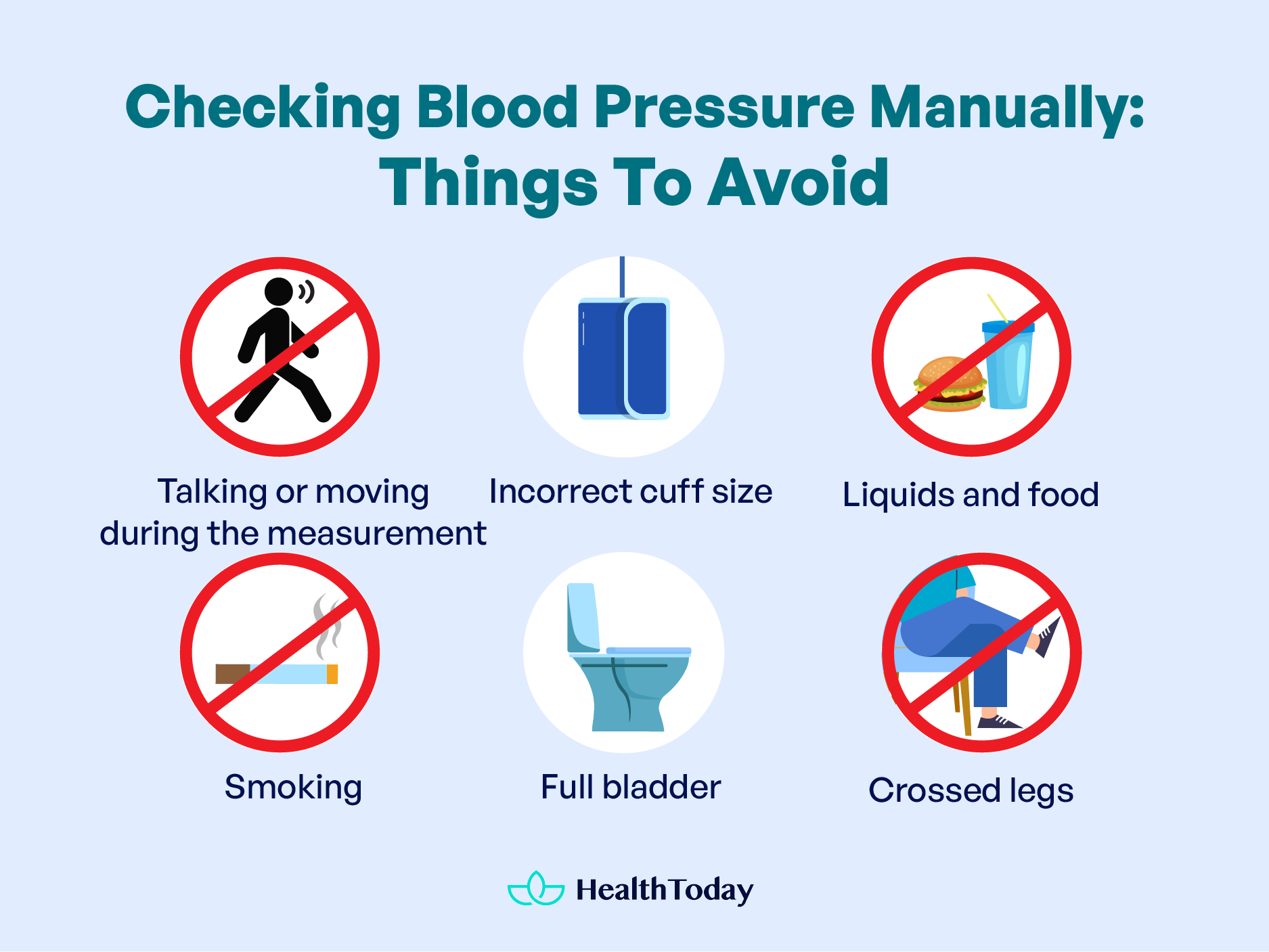

While checking blood pressure manually, there are certain factors to avoid to ensure accurate readings:
- Talking or moving during the measurement. Remain still and refrain from speaking during the measurement process. It is recommended to be in a quiet position and place.
- Incorrect cuff size: Ensure the cuff size is appropriate for your arm to avoid inaccurate readings.
- Liquids and food: Avoid drinking coffee, alcohol, and foods high in sodium for half an hour before the measurement. These can temporarily raise blood pressure, so avoid them before the measurement.
- Smoking: Cigarette smoking increases blood pressure. Avoid smoking half an hour before measurement.
- Full bladder: A bladder full of urine causes a slight increase in blood pressure. Urination is recommended before taking the measurement.
- Crossed legs: Sitting cross-legged can affect blood pressure readings. Keep your feet flat on the floor.
If in doubt, the measurement should be repeated. Following these guidelines ensures a more accurate blood pressure measurement, contributing to the reliability and accuracy of the readings.
Taking blood pressure tests at home without a cuff: Is it possible?
Currently, there are numerous apps designed to measure blood pressure via smartwatches. However, medical professionals advise against relying exclusively on these apps, as they have not been medically validated and have not proven to be more reliable than traditional methods of measurement (2).
Physicians stress the importance of clinical validation of blood pressure measurement devices to ensure their accuracy and reliability. While the convenience of smartwatch apps may be appealing, the need for medical certification and clinical validation raises concerns about their efficacy and accuracy.
For individuals who need to keep a daily record of their blood pressure values, it is recommended to opt for automatic bicep cuffs to be used at home or for regular manual measurements in a doctor’s office. The automatic bicep cuffs have undergone medical validation processes and usually offer more accurate and consistent measurements. This is important for effective blood pressure monitoring and early detection of potential health problems.
What is the normal blood pressure reading?
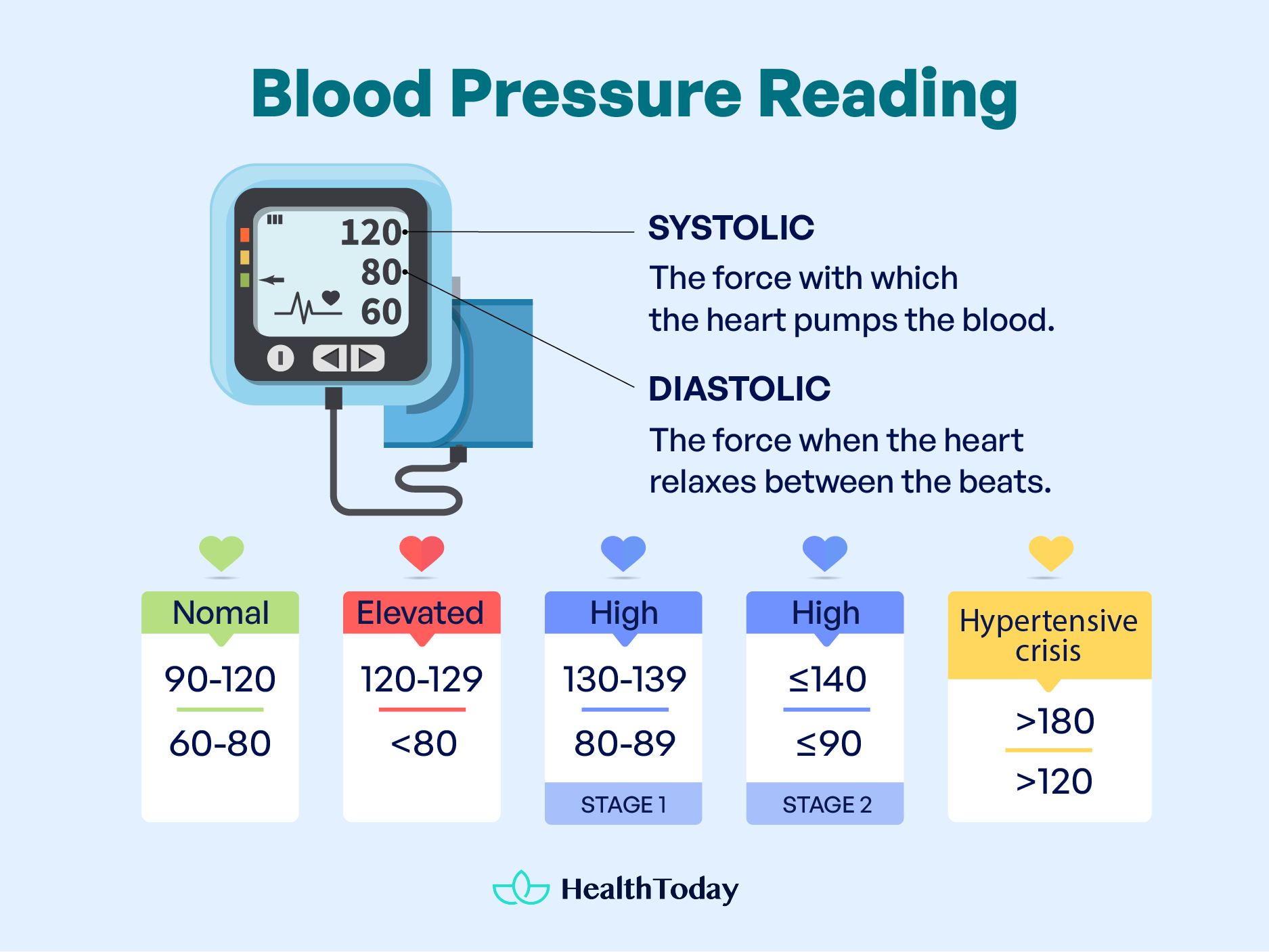

Normal blood pressure values are represented by two numbers: systolic blood pressure over diastolic blood pressure, measured in millimeters of mercury (mmHg). To know your value, you must take a manual or automatic measurement of your blood pressure. The American Heart Association classifies the results into five ranges (6):
- Normal: Blood pressure numbers below 120/80 mmHg are considered within the normal range. In this case, it is recommended to maintain healthy habits such as following a balanced diet and exercising regularly.
- Elevated: Elevated blood pressure is present when readings consistently range between 120-129 systolic and less than 80 mmHg diastolic. If people with elevated blood pressure do not take steps to control the condition, they are likely to develop hypertension.
- Stage 1 hypertension: This is when blood pressure consistently ranges between 130-139 systolic or 80-89 mmHg diastolic. At this stage, health professionals usually recommend lifestyle changes and may consider medications depending on the risk of atherosclerotic cardiovascular disease, such as heart attack or stroke.
- Stage 2 hypertension: Occurs when blood pressure is consistently 140/90 mmHg or higher. At this stage, medication and lifestyle changes are usually prescribed.
- Hypertensive crisis: This blood pressure level requires medical attention. If readings suddenly exceed 180/120 mmHg, wait five minutes and re-measure your blood pressure. If readings remain unusually high, seek medical attention immediately, especially if you experience signs of organ damage such as chest pain, shortness of breath, or vision changes.
Understanding blood pressure ranges is essential for physicians and patients, as it provides crucial insight into cardiovascular health. This information allows assessment of current blood pressure status and serves as a guide to take preventive and corrective measures when necessary.





How often can you check blood pressure?
As a person ages, the risk of having high blood pressure increases. In addition to age, other risk factors increase the values, such as being overweight, smoking, and not having a healthy diet (3).
As a general rule, we can mention: (Insert Reference from USPSTF)
- If you are over 40 years old, without any accompanying disease such as diabetes, hypercholesterolemia, smoking, or being overweight, blood pressure measurement is recommended once a year.
- For patients between 18 and 39 years old, without any other risk factor or accompanying diseases, it is recommended every 3 years.
It is important to note that the frequency of blood pressure measurement depends very much on whether or not there are other risk factors. We recommend that you visit your physician to evaluate them and determine your ideal blood pressure measurement frequency.
What are the risk factors of high blood pressure?
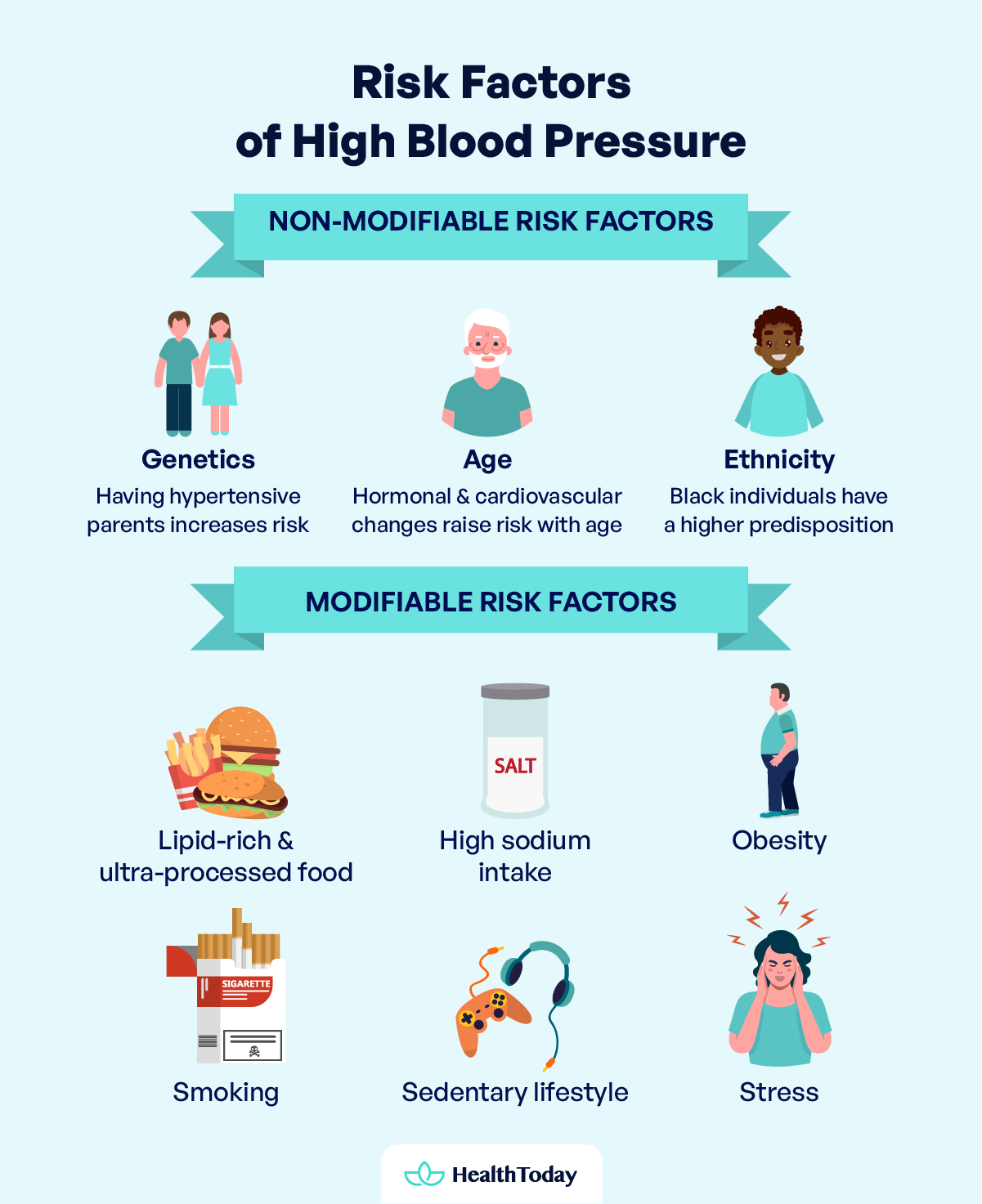

Hypertension, or high blood pressure, is influenced by several risk factors, classified as modifiable and non-modifiable (4).
Non-modifiable risk factors
- Genetics: Studies show that arterial hypertension has a polygenetic component since it has been seen that patients with hypertensive parents have a much higher risk.
- Age: Age is a non-modifiable factor. There are hormonal and cardiovascular changes, among others, that predispose to increasing blood pressure as the population ages.
- Ethnicity: There is a greater predisposition for black people to suffer arterial hypertension.
Modifiable risk factors:
- Lipid-rich and ultra-processed food consumption in the diet: A diet high in lipids and ultra-processed foods increases the risk of hypertension, obesity, insulin resistance, and elevated cholesterol levels.
- High sodium intake: Multiple studies have shown high sodium intake to be associated with high blood pressure. The American Heart Association recommends no more than 2,300 mg a day and ideally less than 1500 mg a day (5).
- Obesity: Overweight and obesity overloads the heart, raising blood pressure.
- Smoking: Smoking causes inflammation of the vessel wall, increasing the risk of diseases such as arterial hypertension and early atherosclerosis.
- Sedentary lifestyle: Lack of physical activity is associated with a higher prevalence of this disease.
- Stress: Work overload, anxiety, and aggressive behavior are all factors that lead to an increased risk of arterial hypertension.
Knowing these factors, we can change eating habits, encourage exercise, reduce smoking, and control stress to positively influence our cardiovascular health. Adopting a preventive and healthy lifestyle approach is essential to avoiding the complications of hypertension.





Red flags of high blood pressure
In general, high blood pressure is usually asymptomatic. Occasionally, however, very high levels or a rapid rise in blood pressure can cause organ damage and alarm symptoms. These warning signs include:
- Fatigue/Confusion
- Nosebleeds
- Limb Weakness/Stroke Symptoms
- Vision Problems
- Chest Pain
- Dizziness
- Irregular Heartbeat
- Difficulty Breathing
- Palpitations
If you experience any of these symptoms along with an elevated blood pressure reading, it is important to seek urgent medical attention or call 911. These alarming symptoms may indicate serious complications related to elevated blood pressure and require immediate evaluation and treatment to prevent possible health damage.





How can I get my blood pressure checked?
Visit a healthcare professional, use a home blood pressure monitor, or explore blood pressure kiosks in pharmacies.
How to find systolic blood pressure?
Systolic pressure is the first sound heard while measuring blood pressure manually. It indicates the maximum pressure exerted during a heartbeat.
How to count blood pressure?
Blood pressure readings consist of two numbers: systolic (pressure during heartbeats) and diastolic (pressure between heartbeats).
What is the old method of measuring blood pressure?
The traditional method, still in use, consists of using a mercury sphygmomanometer together with a stethoscope to auscultate Korotkoff sounds. Before this method, arterial hypertension was identified based on the palpable hardness of the arterial pulse. This early diagnosis, dating back to 2600 BC, referred to the condition as “hard pulse disease.”
What is the palpatory method?
The palpatory method involves feeling the pulse at the radial or brachial artery to estimate blood pressure. However, it is less accurate than other methods.
Summary
Blood pressure reflects the intensity with which the heart pumps blood throughout the body When this force is exceeded, along with other factors, hypertension arises. It is known as the “silent killer” because of its ability to cause organ damage without manifesting obvious symptoms.
Diagnostic methods, whether manual or automatic, play a key role in identifying changes in blood pressure. Following the basic steps to record these values not only empowers individuals to take control of their health but also provides an essential tool for prevention.
Understanding the risk factors opens up the possibility of making lifestyle adjustments, thus contributing to the prevention of complications linked to high blood pressure.
Ultimately, it is vital to be alert to the warning signs. At the first signs or concerns, consultation with emergency medical services becomes a priority. Knowing the basic complications of hypertension and being aware of the warning signs are key elements in preventing potentially serious consequences.





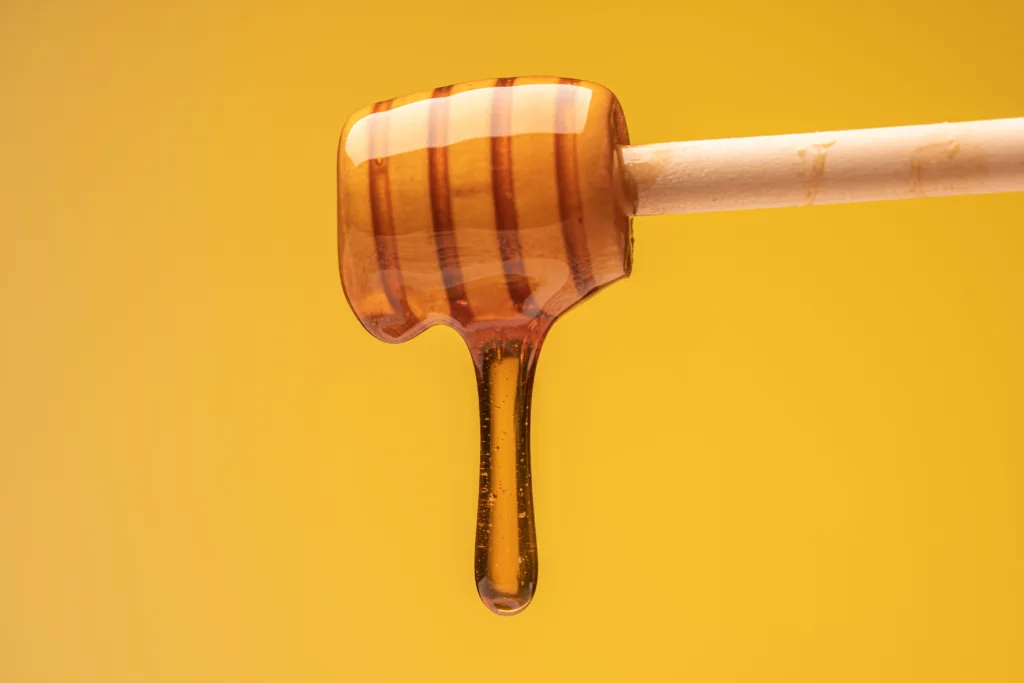


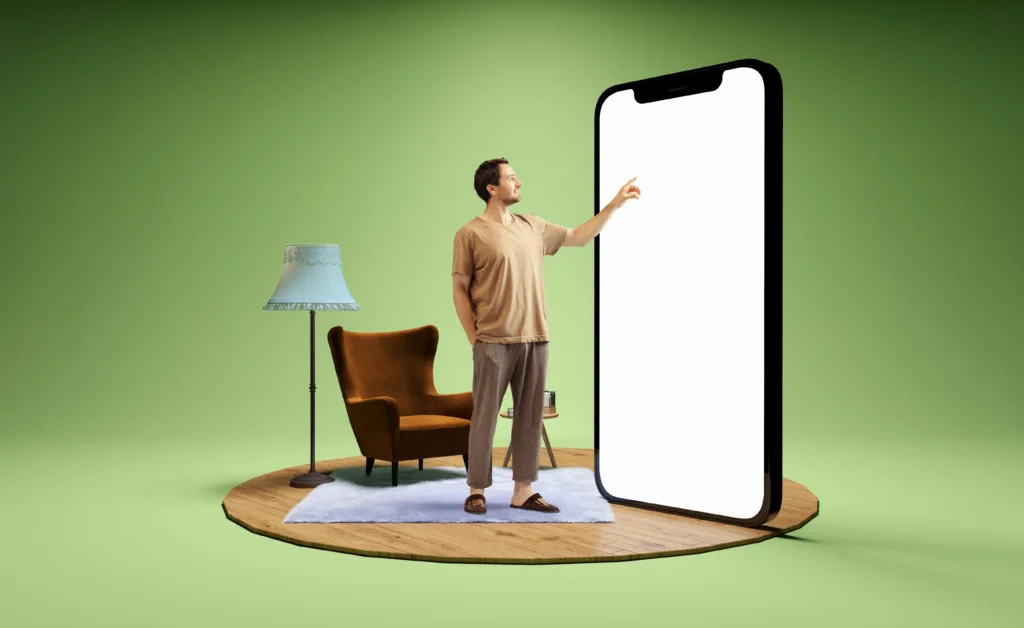

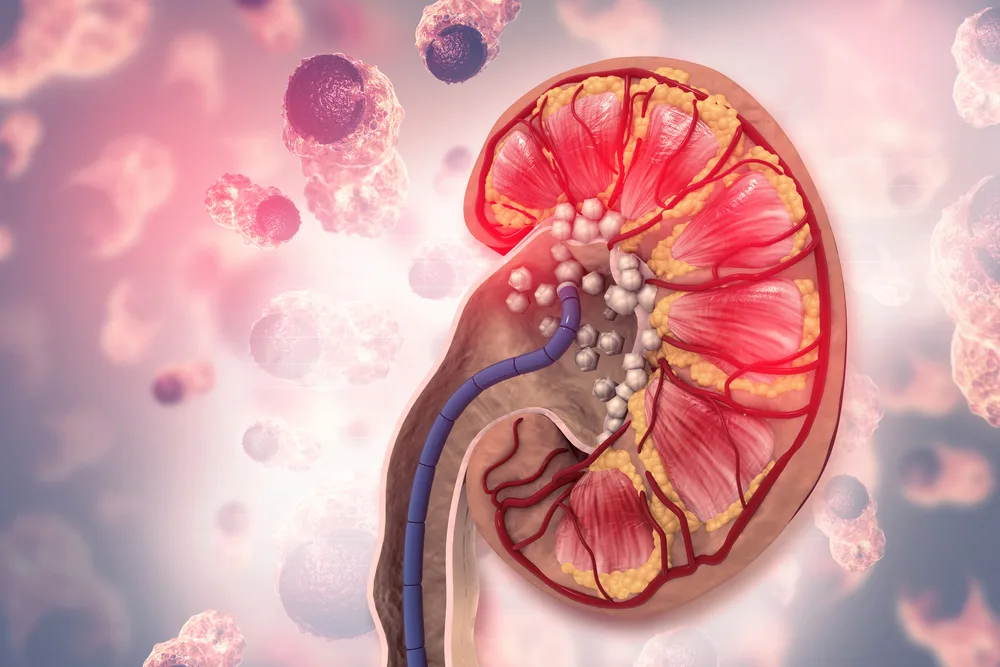






Comments
0